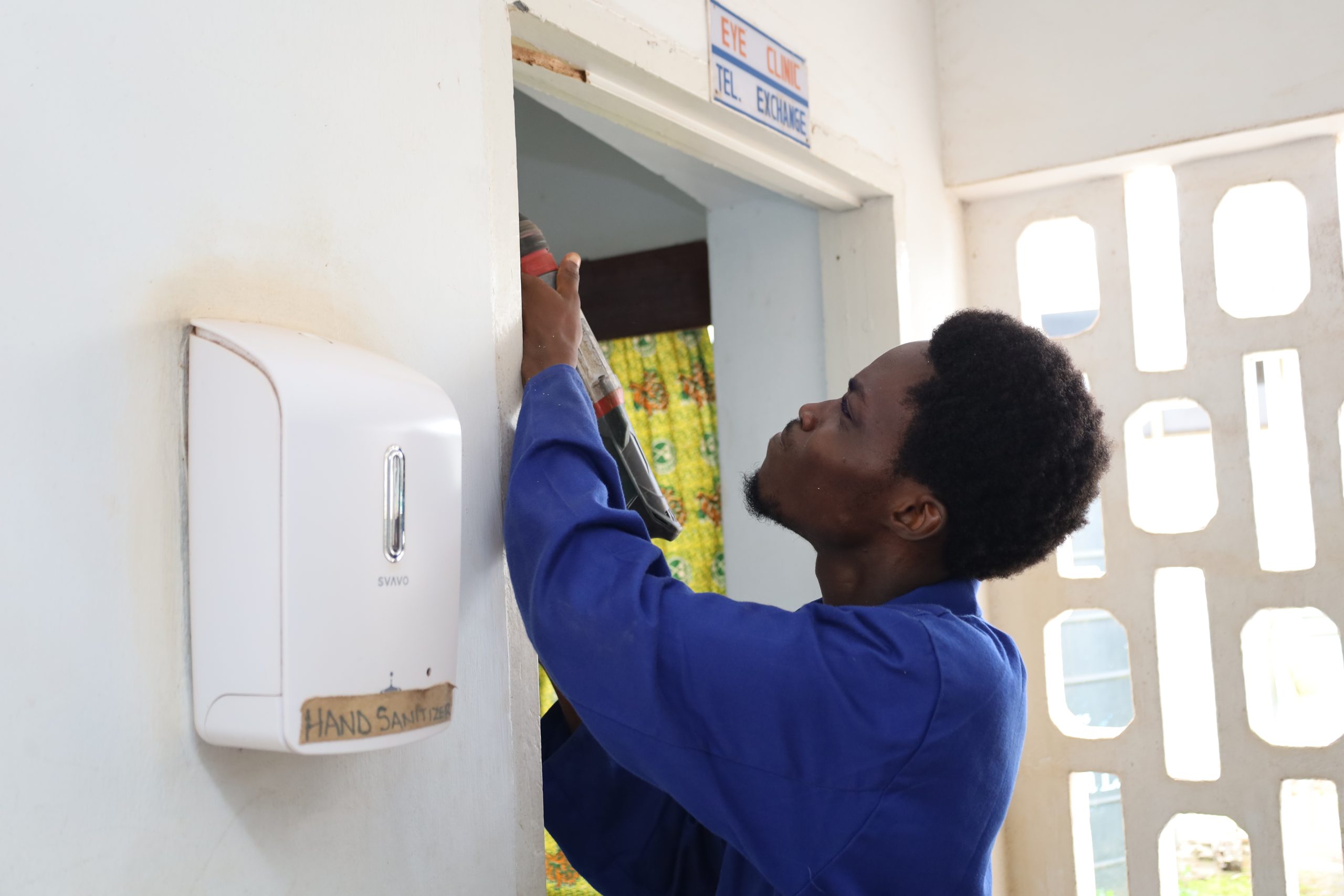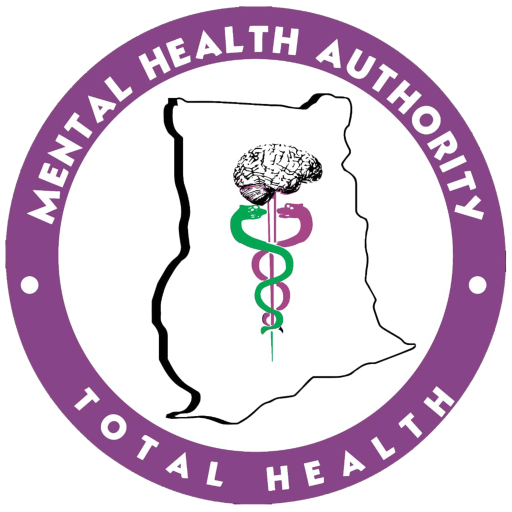The Information Technology (IT) Unit at Pantang Hospital is responsible for managing and maintaining the hospital’s IT infrastructure, ensuring that all systems, software, and technological tools function efficiently to support clinical and administrative activities. The IT unit plays a critical role in enabling digital transformation within the hospital, ensuring data security, and facilitating smooth communication and operations.

Key Responsibilities:
IT Infrastructure Management
- Overseeing the installation, maintenance, and upgrading of hospital servers, computers, and network systems.
- Ensuring that the hospital’s IT infrastructure is robust, secure, and able to support the hospital’s operations.
Software and System Support
- Managing the implementation and support of hospital management software, electronic health records (EHR) systems, and other clinical or administrative tools.
- Providing technical support to hospital staff for troubleshooting software-related issues.
Network and Connectivity Management
- Ensuring the reliable functioning of the hospital’s internal network, including internet and intranet services.
- Monitoring network performance and troubleshooting connectivity issues to maintain uninterrupted services.
Data Security and Privacy
- Implementing security measures to protect the hospital’s sensitive data, including patient information, financial records, and administrative files.
- Ensuring compliance with data protection regulations (e.g., GDPR, HIPAA) and hospital policies to safeguard patient and employee confidentiality.
IT Support and Helpdesk
- Providing ongoing IT support to hospital staff by managing the helpdesk system, responding to technical inquiries, and resolving hardware or software issues.
- Offering training and guidance to staff on best practices for using hospital technology effectively.
System Integration and Optimization
- Coordinating the integration of various IT systems within the hospital, ensuring seamless data flow between departments and units.
- Continuously improving system performance and streamlining hospital operations through technological solutions.
Hardware Maintenance and Management
- Managing the procurement, installation, and maintenance of hardware equipment, such as computers, printers, scanners, and medical devices.
- Ensuring that all hardware is up-to-date, functional, and available for use by hospital staff.
Disaster Recovery and Backup
- Developing and implementing disaster recovery plans to ensure that critical data and IT systems can be restored in the event of a system failure, natural disaster, or cyberattack.
- Regularly backing up hospital data to prevent data loss and ensure business continuity.
Telemedicine and Communication Solutions
- Managing telemedicine services and other communication technologies to support remote consultations, video conferencing, and patient interaction.
- Implementing and maintaining communication systems for both internal and external communication, including email, messaging, and phone systems.
Technology Training and Support for Staff
- Providing training to hospital staff on how to use various software, systems, and technology tools.
- Ensuring that all staff are proficient in using IT resources to enhance productivity and improve patient care.
IT Project Management
- Leading and managing IT-related projects, including the implementation of new software, system upgrades, and technology infrastructure improvements.
- Ensuring that IT projects are completed on time, within budget, and in alignment with hospital needs.




